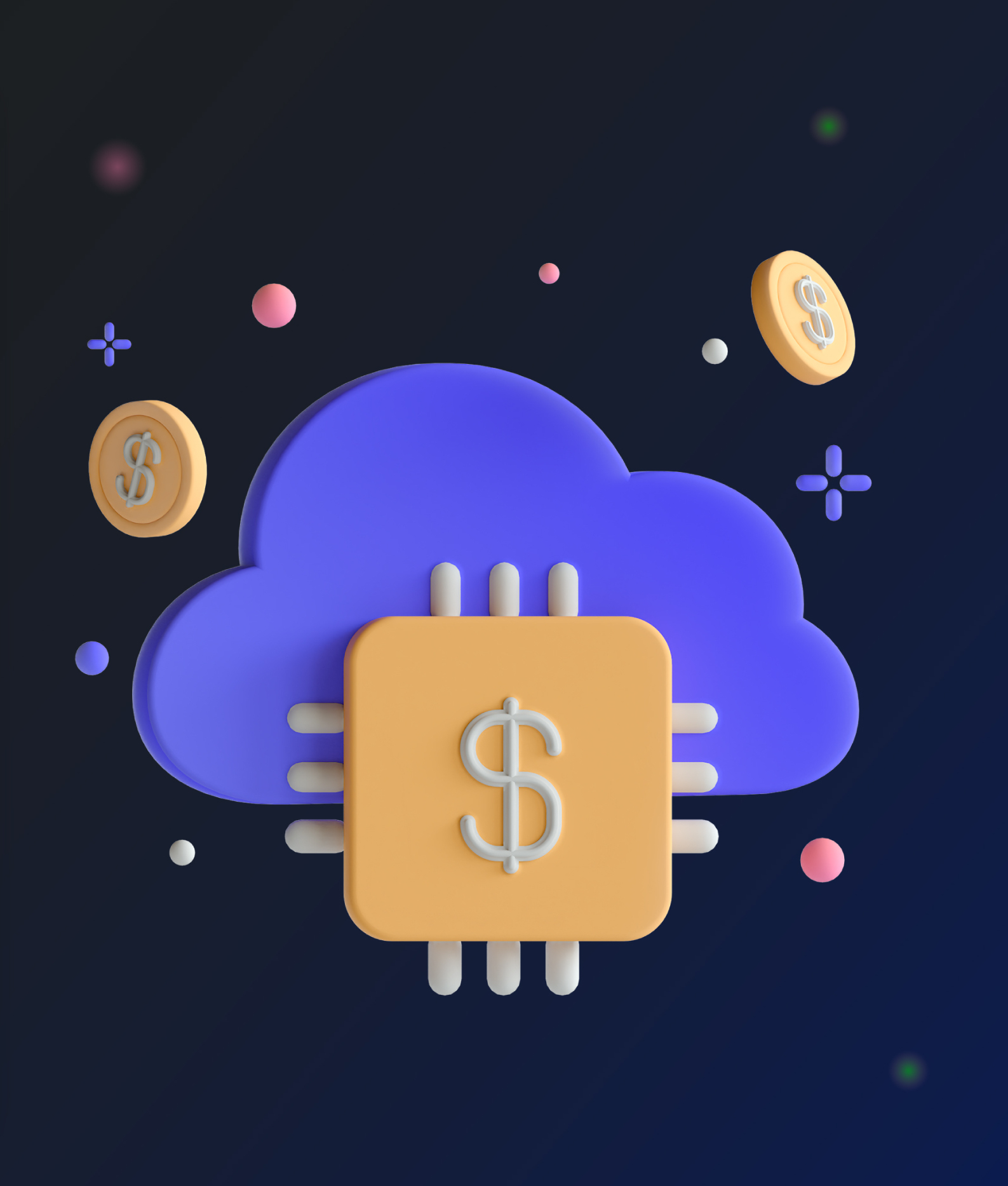In recent years, the banking and financial services industry has undergone a digital transformation unlike anything seen before. Consumer behavior has shifted, technology has advanced, and new entrants have challenged the status quo. The rapid adoption of digital channels in a post-pandemic world has disrupted traditional institutions and placed fintech companies at the forefront of this financial revolution. In fact, according to studies conducted by the Inter-American Development Bank (IDB), the fintech industry doubled in size between 2018 and 2022 in Latin America and the Caribbean. Fintechs are undeniably on the rise and transforming the system; however, despite the evolving financial landscape, one thing remains true for both fintech and traditional banks: the need to develop and maintain closer connections with their users.

So, how exactly are fintech and banks keeping up with these changing times in the financial sector? And how are they capitalizing on these new opportunities?
One way that fintech companies can adapt to the changing market is by partnering with providers of telecommunication-as-a-service (TaaS), which provide companies a comprehensive solution that includes the necessary access to telecom infrastructure, support, and resources. This gives businesses like fintechs and banks an affordable way to offer telecom services to their employees and customers without incurring the huge upfront costs associated with building and maintaining their own network infrastructure.
A fintech company can then leverage TaaS services to connect its customers to the banking system by incentivizing their clients with data rewards for using their mobile app (free of charge!). That way the financial institution can focus on developing its core product and improving its customer experience while getting important and unique business intelligence that complement the KYC data they already have.
In Latin America, OXIO is currently leading the charge in providing affordable and reliable telecom services to fintechs and banks. OXIO is a white-label, fully customizable TaaS B2B platform that helps companies become telecom carriers. In other words, OXIO makes it easy for brands and enterprises to become mobile operators for their customers without all the costs and complexity that come with traditional operators.
Moreover, current figures show that the company provides twice as much data for roughly 20% less than the industry’s most competitive rates.
In addition to being cost-effective, TaaS also offers several other advantages for fintechs and banks, such as:
1. Customization & Data Collection
Companies using TaaS benefit from a high degree of customization and technical support that is often unavailable from traditional carriers. Additionally, with opt-in data collection and analysis, financial institutions have access to valuable insights into their customers’ trends and usage patterns.
2. Closer Customer Relationship
OXIO now helps the banking sector players to establish a more direct connection with customers, which can help to build trust and loyalty.
3. Wider Reach
Financial institutions can also expand their reach to attract new customers. For example, a financial provider in Brazil can use the TaaS technology to quickly expand its operations into regions where there is a demand for such services, but connectivity is poor. This is a way to promote digital financial inclusion by accessing new markets that previously had poor connectivity.
4. Better and Faster
Another use case can be providing connectivity to M2M devices such as POS terminals, OXIO’s multi-carrier tech has huge advantages against the traditional MNO’s or MVNOs; we’ve seen increases of 10% in the day to day activity of the devices because of faster connectivity and multiple network availability, which in turn, allows for more transaction volume and higher daily income per device.
The possibility of offering mobile telecom services has become a driving force behind the success of many companies throughout various industries, including retail, travel, and education. With the banking sector evolving so fast it is expected that more financial institutions will turn to partners like OXIO to provide a differentiating added value to their customers. Doing so could give them the edge they need to succeed in an increasingly competitive space where timely, convenient, and innovative solutions are critical to success.
